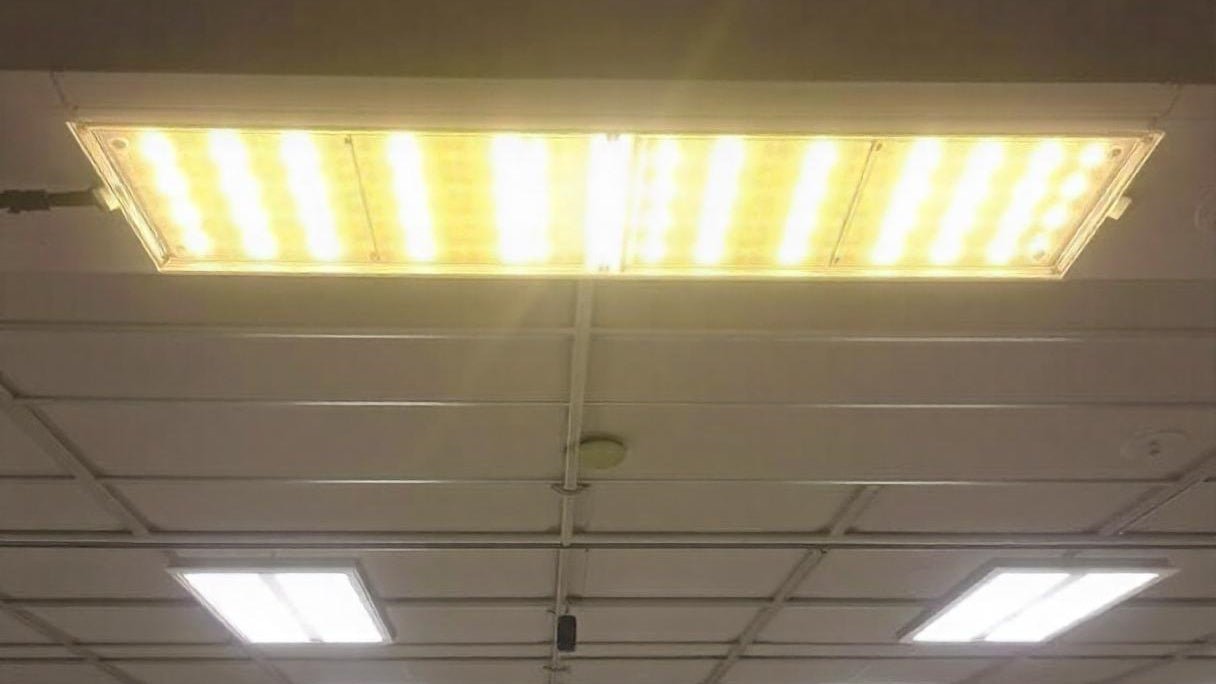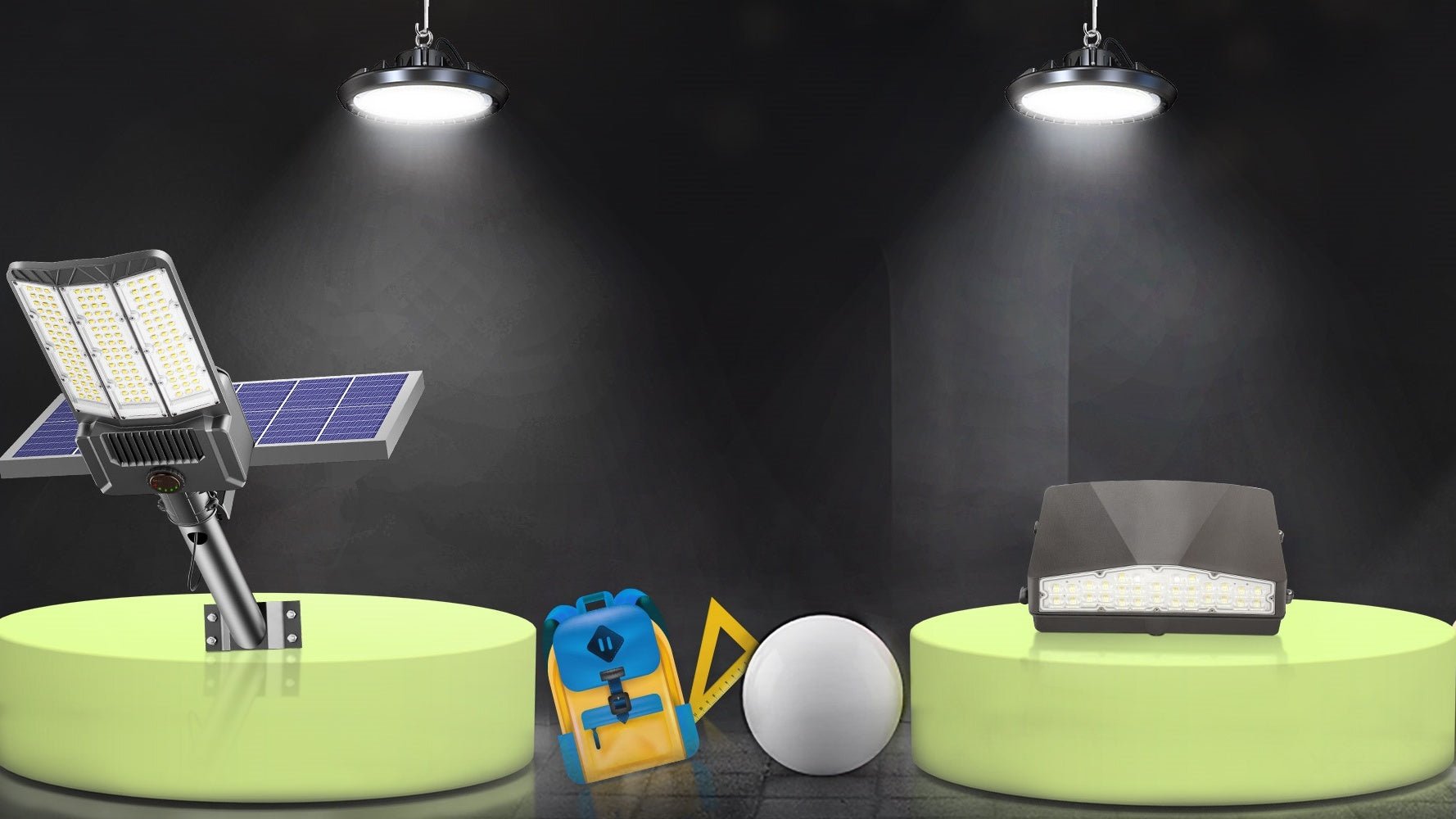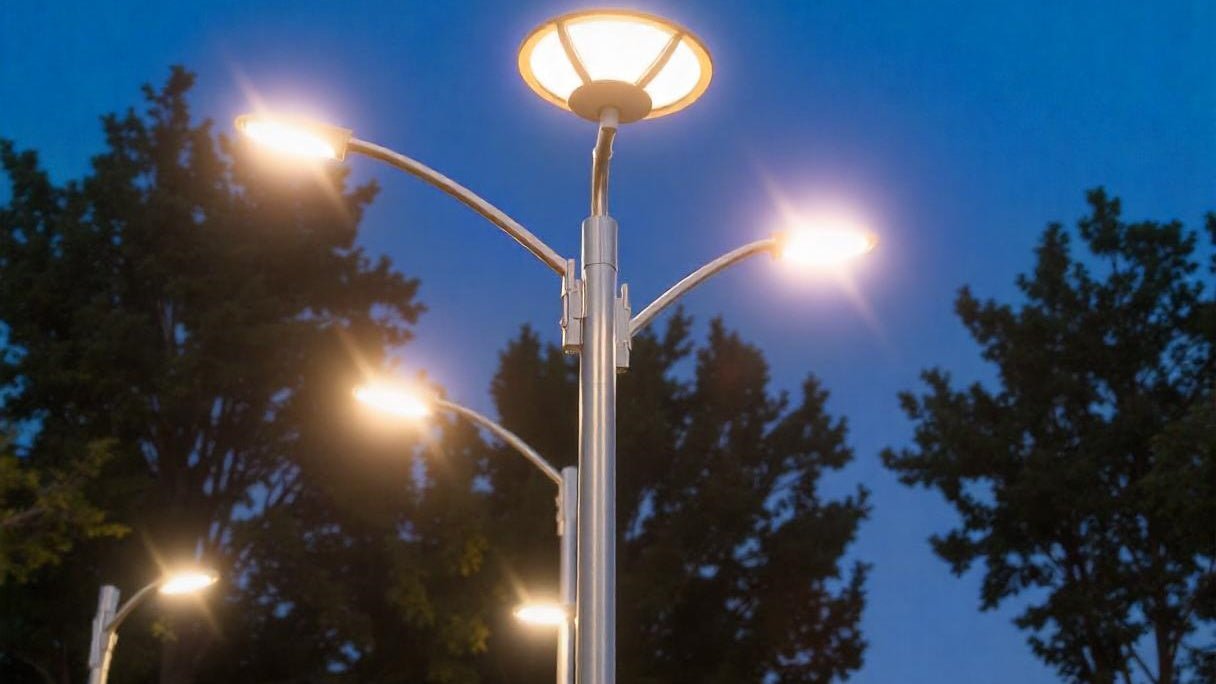In today's world, energy efficiency is a top priority for both environmental and financial reasons. As people search for ways to reduce their electricity bills, one common question arises: Is it cheaper to leave LED lights on all the time, or should they be turned off when not in use? This question is particularly relevant for those using energy-efficient lighting solutions like the 4 foot LED light fixture. In this article, we'll delve into the cost-effectiveness of keeping LED lights on continuously and explore the factors that influence the overall energy consumption of a 4 foot LED light fixture.
Understanding LED Technology
Before addressing whether it's cheaper to leave LED lights on, it's essential to understand how LED (Light Emitting Diode) technology works. LEDs are highly efficient light sources that consume significantly less energy compared to traditional incandescent or fluorescent bulbs. A 4 foot LED light fixture, for instance, uses a fraction of the electricity required by older lighting technologies while producing the same or even greater levels of brightness.
LEDs are designed to be durable and long-lasting, often boasting lifespans of up to 50,000 hours or more. This longevity is one of the reasons why LEDs are so popular in both residential and commercial settings. However, even with their efficiency and long life, the question remains: Is it cost-effective to leave a 4 foot LED light fixture on all the time?
Energy Consumption and Cost
To determine whether it's cheaper to leave a 4 foot LED light fixture on continuously, we need to consider the energy consumption of the fixture and how it translates to electricity costs. LED lights consume electricity whenever they are on, and the cost of this energy use adds up over time.
For example, let’s assume a 4 foot LED light fixture uses 40 watts of power. If this fixture is left on 24 hours a day, it would consume 0.04 kWh (kilowatt-hours) per hour. Over the course of a day, this amounts to 0.96 kWh. In a month, the energy consumption would be approximately 28.8 kWh. If electricity costs $0.12 per kWh, the monthly cost to keep this single fixture on continuously would be around $3.45.
While this might not seem like a large amount, it's important to remember that many homes and businesses have multiple fixtures. The cumulative cost of leaving several 4 foot LED light fixtures on continuously could add up to a significant expense over time.
The Myth of Reduced Wear and Tear
One argument often made in favor of leaving LED lights on is that it reduces wear and tear on the fixture, potentially extending its lifespan. Traditional incandescent bulbs are known to experience reduced life when frequently switched on and off, leading some to believe that LEDs might suffer the same fate.
However, this concern is largely unfounded with LED technology. Unlike incandescent or fluorescent bulbs, LEDs are not significantly affected by frequent switching. The design and functionality of LED lights ensure that their lifespan is determined more by total usage hours than by the number of times they are turned on and off. Therefore, turning off a 4 foot LED light fixture when not in use will not significantly reduce its lifespan.

Environmental Considerations
Beyond the financial aspect, it's crucial to consider the environmental impact of leaving lights on unnecessarily. Although LED lights are energy-efficient, they still consume electricity, which is often generated from fossil fuels. Leaving a 4 foot LED light fixture on all the time increases energy consumption and contributes to a larger carbon footprint.
By turning off lights when they are not needed, you can reduce energy consumption and contribute to environmental sustainability. Even though the energy use of a single 4 foot LED light fixture might seem minimal, when multiplied across households and businesses, the impact can be substantial.
Practical Tips for Maximizing Efficiency
If you're looking to maximize the efficiency of your 4 foot LED light fixtures, consider implementing the following practices:
- Use Motion Sensors: Installing motion sensors can help ensure that lights are only on when needed. for example Hykoont bd006 solar street light has Motion sensor .The radar sensor will sense the passing of objects, and the brightness will be adjusted to 100% lighting mode.and when no motion detected will be 30% brightness,This is particularly useful in areas like hallways, restrooms, and storage spaces where lights might otherwise be left on unnecessarily.
- Install Timers: Timers can automatically turn off lights at specific times, ensuring they don't stay on longer than necessary. This is especially helpful in settings where lights might be forgotten, such as in outdoor areas or offices.
- Take Advantage of Natural Light: Whenever possible, use natural light to illuminate spaces during the day. This reduces the need to keep your 4 foot LED light fixture on during daylight hours, saving both energy and money.
- Educate and Encourage Energy-Saving Habits: Whether at home or in the workplace, encourage others to turn off lights when they leave a room. Cultivating these habits can lead to significant energy savings over time.
Conclusion: Is It Cheaper to Leave LED Lights On?
In conclusion, it is not cheaper to leave a 4 foot LED light fixture on all the time. While LEDs are more energy-efficient and durable than traditional lighting options, they still consume electricity whenever they are on. The cumulative cost of keeping lights on unnecessarily, combined with the environmental impact, makes it more sensible to turn off LED lights when they are not needed.
By adopting energy-saving practices such as using motion sensors, timers, and taking advantage of natural light, you can optimize the use of your 4 foot LED light fixtures, reduce energy costs, and contribute to a more sustainable future. Ultimately, turning off your LED lights when they are not in use is the most cost-effective and environmentally responsible choice.


































Leave a comment
This site is protected by hCaptcha and the hCaptcha Privacy Policy and Terms of Service apply.